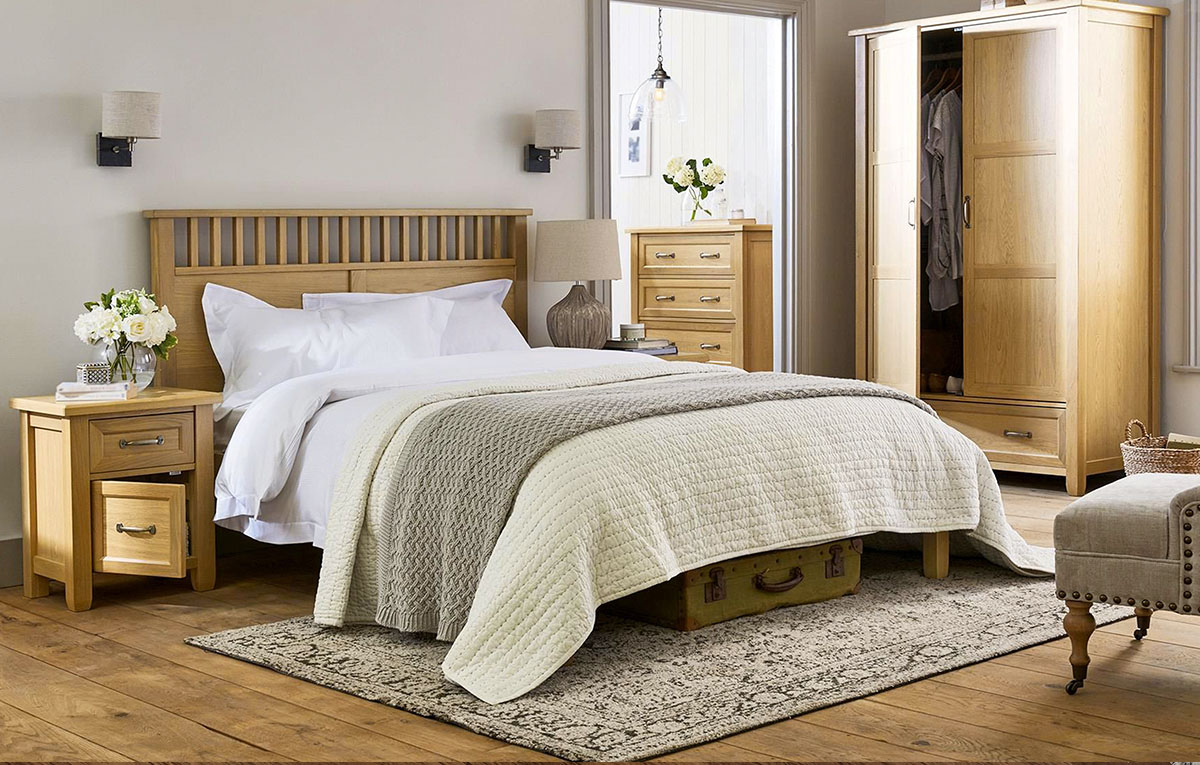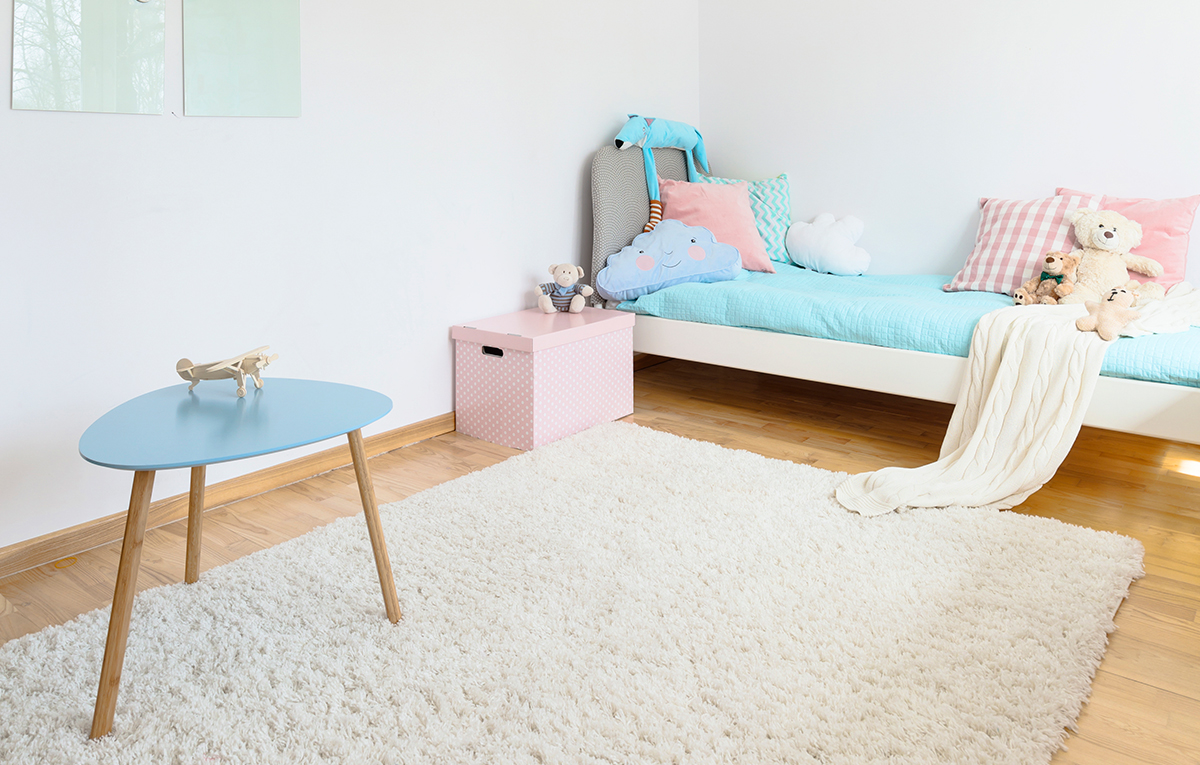Weighing the Advantages - Disadvantages of Laminate Flooring

Weighing the Advantages - Disadvantages of Laminate Flooring
Laminate flooring is a popular flooring option that's readily available in today's market. It comes with a variety of choices that you can choose from, which can be perfect for your home's entryways, hallways, and living rooms. For the uninitiated, it is a multi-layer flooring product with the materials combined together through a lamination process. It is typically constructed with four layers, where each serves a distinct purpose fused using high heat and intense pressure. These layers include the back, core, design, and wear layers.
In this article, we'll share with you the advantages and disadvantages of laminate flooring. Read on to weigh in these variables and see if it's worth investing in this flooring type for your property.
The benefits of laminate flooring
1. Structural stability: What's good about this flooring option is that the lamination process ensures the stability of the fused pieces. Along with this is that it avoids the seams from opening in case of humidity change.
2. Durability: This flooring type is durable as it's protected by a tough external layer and resin coating. Expect it to be scratch-resistant, impact-resistant, and longer-lasting.
3. Quality materials: Laminate is made of quality materials as no old-growth or exotic trees are utilized. Manufacturers ensure that only quality ones are used so that you won't have to worry about repairs or replacements for many years.
4. Easy installation: As it comes as planks or tiles with edges and ends snapped together, the installation process is relatively easy. There's no need for nailing and VOC-releasing glues for its installation. It is also very lightweight, where it is placed over a thin foam cushion underlayment.
5. Easy cleaning and less maintenance: With laminate, you don't need to have extensive cleaning and regular upkeep schedules. All it takes is occasional sweeping to keep the surface clean and free from abrasive grit. As it has superior stain and moisture-resistant surface coating, it makes spills and other messes easy to handle.
6. Affordability: This flooring type is generally less expensive than other hard options. Yet, you can expect it to be durable and last for as long as possible.
The potential drawbacks of laminate flooring
1. Unnatural hardness: Sure, this plank type may appear to look like real wood. Yet, it is still synthetic with its unrealistic hardness.
2. Moisture damage: This flooring type isn't suitable for moisture-prone areas like laundry rooms and areas with floor drains. It can easily and quickly be subject to moisture damage.
3. Replacement need: This flooring type isn't like real wood that can be refinished. If it becomes worn out, you can't just have it resurfaced, as it has to be completely replaced.
4. Environmental harm: In most cases, this flooring type consists of plastic materials. As you may or may not be aware, plastic doesn't degrade in landfills. Some are also made of formaldehyde and other chemicals that can be hard for the environment.
Conclusion
At this point, we've covered both the advantages and disadvantages of laminate flooring. While it comes with plenty of benefits, it also has a few drawbacks you have to be a bit wary of.
To that end, be sure to weigh in the advantages and disadvantages discussed above and see what works for your home before taking the plunge. Ultimately, it can be one of the best flooring options suited for your residential property!
Here at Global Carpets, we have a wide selection of flooring products, such as hardwood, vinyl, and laminate wood flooring, as well as home carpets and decorative area rugs. If you're specifically looking for laminate flooring in Canada, visit our store today and get an online estimate!











